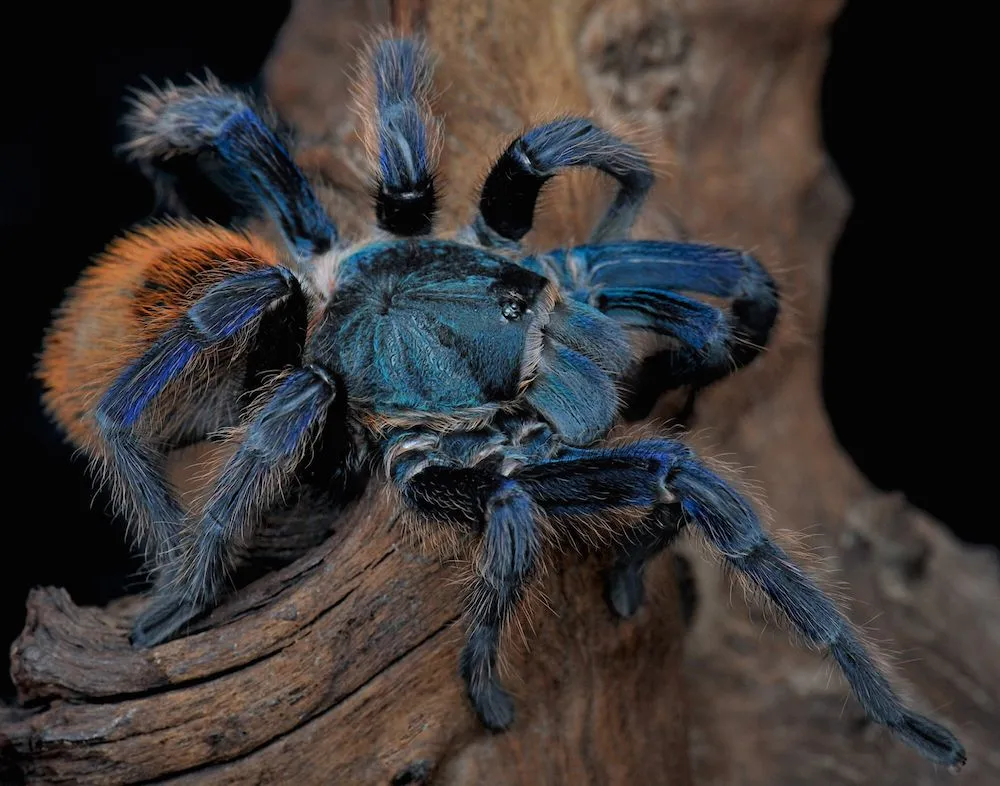The Allure of the Blue Violet Tarantula
The Blue Violet Tarantula, scientifically known as Pamphobeteus antinous, is a captivating arachnid that has captured the hearts of tarantula enthusiasts worldwide. Its striking coloration and relatively docile temperament make it a popular choice for both novice and experienced keepers. This species hails from South America and is renowned for its vibrant blue and violet hues, which intensify as they mature. Beyond its aesthetic appeal, the Blue Violet Tarantula exhibits fascinating behaviors and requires specific care to thrive in a captive environment. This article will delve into seven captivating facts about this remarkable species, providing insights into its appearance, habitat, care, and conservation status. Discover the unique characteristics that make this tarantula a truly special addition to the world of exotic pets, learn how to care for them properly, and appreciate the beauty and complexity of the Blue Violet Tarantula.
Appearance and Characteristics
Vibrant Colors
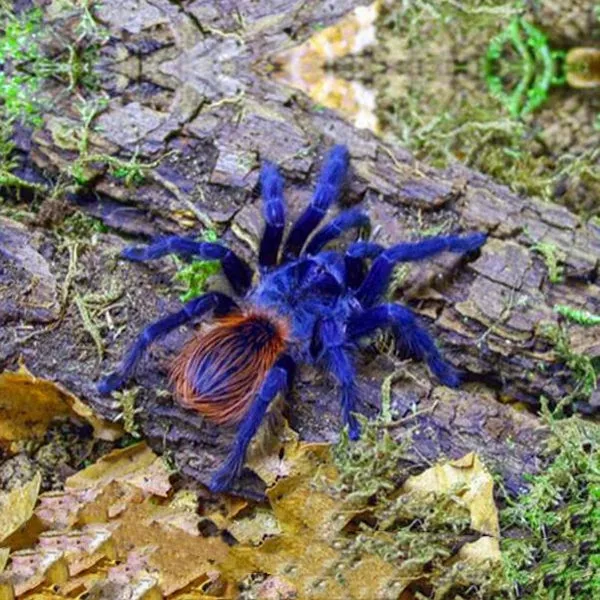
The most striking feature of the Blue Violet Tarantula is undoubtedly its coloration. Juveniles often display more muted tones, with hints of blue and violet, but as they molt and mature, the colors intensify. Adult females boast a stunning combination of deep blue and violet hues, particularly on their legs, carapace, and abdomen. This vibrant coloration serves as a form of camouflage in their natural environment, blending with the vegetation and shadows of their surroundings. The intensity of the colors can also be influenced by factors such as diet, genetics, and environmental conditions. Observing the transformation in color during the tarantula’s growth is a rewarding experience for any keeper, as it showcases the beauty and uniqueness of this species. This visual spectacle is a key reason why this tarantula is so sought after in the pet trade.
Size and Lifespan
Blue Violet Tarantulas are considered a medium to large tarantula species. Females typically reach a leg span of 7 to 9 inches, while males are slightly smaller. Their size makes them impressive display animals, captivating the attention of anyone who encounters them. In terms of lifespan, female Blue Violet Tarantulas can live for an impressive 12 to 15 years or even longer, provided they receive proper care and nutrition. Males, on the other hand, have a shorter lifespan, often living for only 3 to 5 years after reaching maturity. The extended lifespan of females makes them a long-term commitment, and a rewarding companion for any tarantula enthusiast. Understanding their size and lifespan is crucial for prospective owners to ensure they can provide the appropriate housing and care for the duration of the tarantula’s life.
Natural Habitat
The Blue Violet Tarantula is native to the rainforests of South America, primarily found in countries like Colombia, Ecuador, and Peru. They thrive in humid environments with moderate temperatures, often residing in burrows or under leaf litter on the forest floor. Their natural habitat provides them with the necessary conditions for survival, including access to prey, suitable shelter, and protection from predators. Understanding their natural habitat is crucial for replicating these conditions in a captive environment, ensuring the well-being and health of the tarantula. Replicating their natural environment helps them to thrive and exhibit their natural behaviors. The more closely their captive environment mirrors their natural home, the healthier and happier these tarantulas will be.
Where They Live
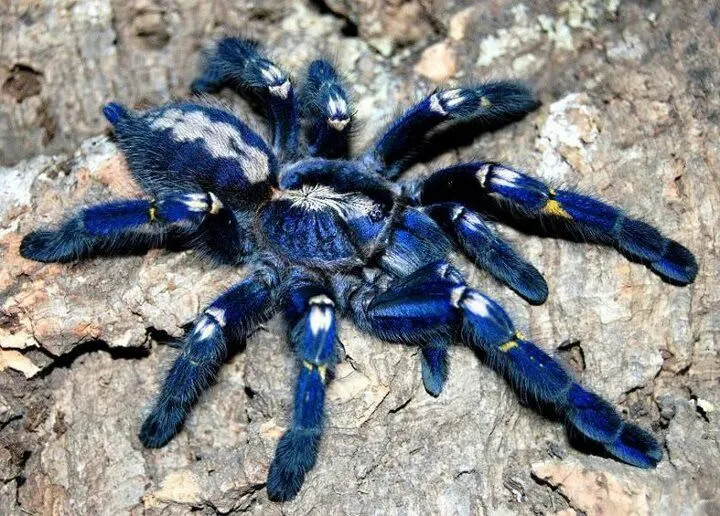
In the wild, Blue Violet Tarantulas are terrestrial, meaning they live on the ground. They are known to create burrows in the soil or utilize existing shelters, such as under rocks or logs, to protect themselves from predators and the elements. These burrows provide a safe haven and a stable microclimate, crucial for their survival. Their choice of habitat showcases their adaptability and their preference for a secluded lifestyle. As burrowing spiders, they are well-suited to their ground-dwelling existence, allowing them to ambush prey and remain hidden from threats. Replicating this burrowing behavior in captivity is essential for their psychological well-being.
What They Eat
Blue Violet Tarantulas are opportunistic predators, feeding primarily on insects and other invertebrates. Their diet in the wild consists of a variety of prey, including crickets, roaches, beetles, and other small creatures that they can overpower. They use their fangs to inject venom into their prey, paralyzing it before consuming it. This predatory behavior is a fundamental part of their survival strategy. These spiders are not picky eaters; they will consume whatever is available and suitable in their habitat. Their diet plays a crucial role in their growth, development, and overall health, highlighting the importance of providing a diverse and nutritious diet in captivity to mimic their natural feeding habits as closely as possible.
Diet and Feeding Habits
Prey Preferences
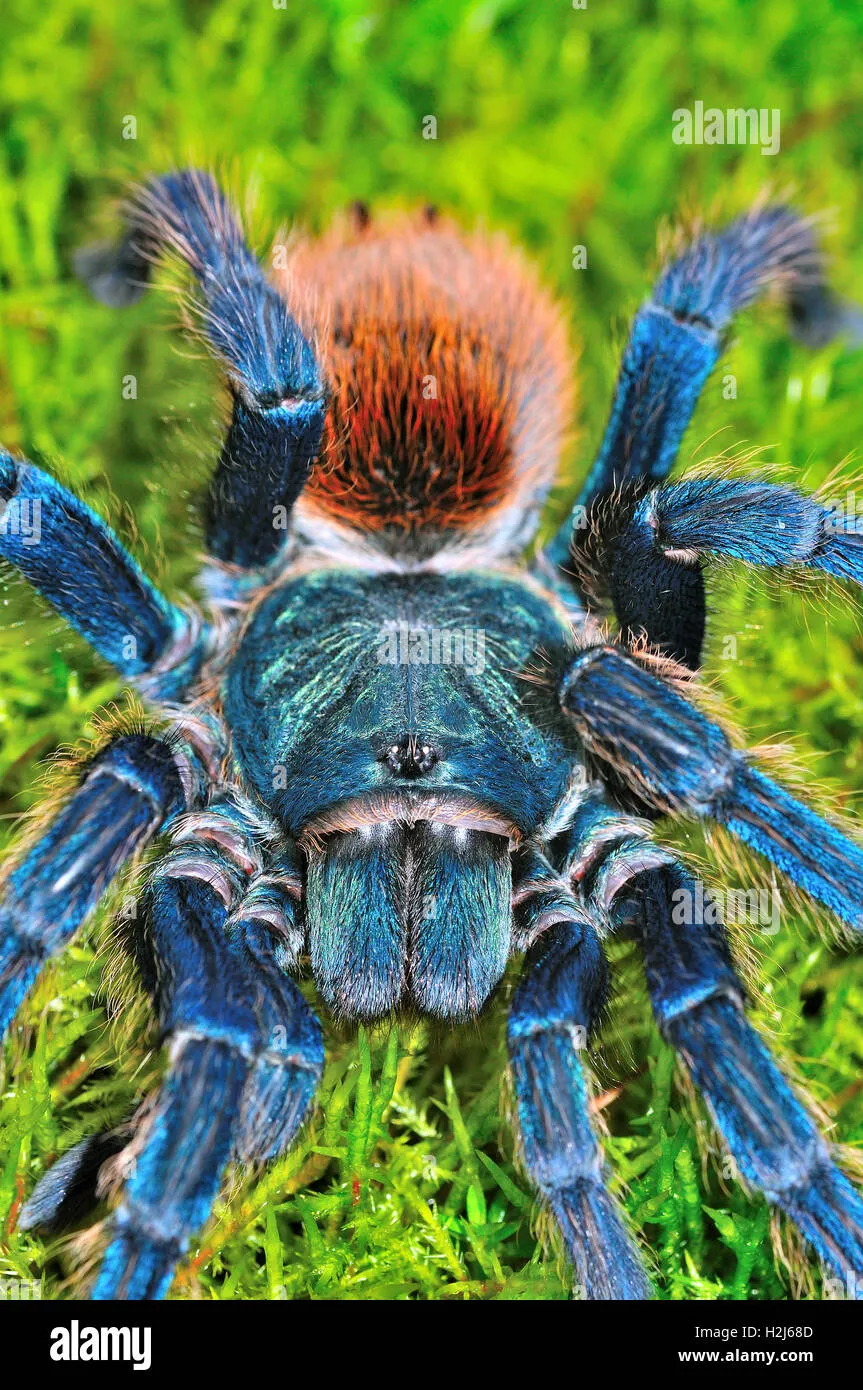
In captivity, Blue Violet Tarantulas readily accept a variety of feeder insects. Crickets, roaches, mealworms, and superworms are all suitable options. It’s important to offer a diverse diet to ensure they receive all the necessary nutrients. The size of the prey should be appropriate for the tarantula’s size; avoid offering insects that are larger than the tarantula’s body, as this could pose a threat. Gut-loading the feeder insects (feeding them nutritious food before offering them to the tarantula) is also a good practice. This ensures that the tarantula receives a more complete and balanced diet. Experimenting with different prey can help determine your tarantula’s preferences and keep its diet stimulating. Remember, a well-nourished tarantula is a healthy tarantula.
Feeding Frequency
The feeding frequency for Blue Violet Tarantulas depends on their age and size. Spiderlings (young tarantulas) should be fed more frequently, typically two to three times a week. As they grow, the feeding frequency can be reduced to once or twice a week for juveniles and adults. Overfeeding can lead to health issues, so it’s important to monitor their body condition and adjust the feeding schedule accordingly. A tarantula that is too plump may be overfed, while one that is too thin might need more food. Always remove any uneaten prey within 24 hours to prevent stress or potential harm to the tarantula. Adjusting the feeding schedule based on the tarantula’s needs is vital for maintaining its health and promoting longevity.
Temperament and Handling
Handling Considerations
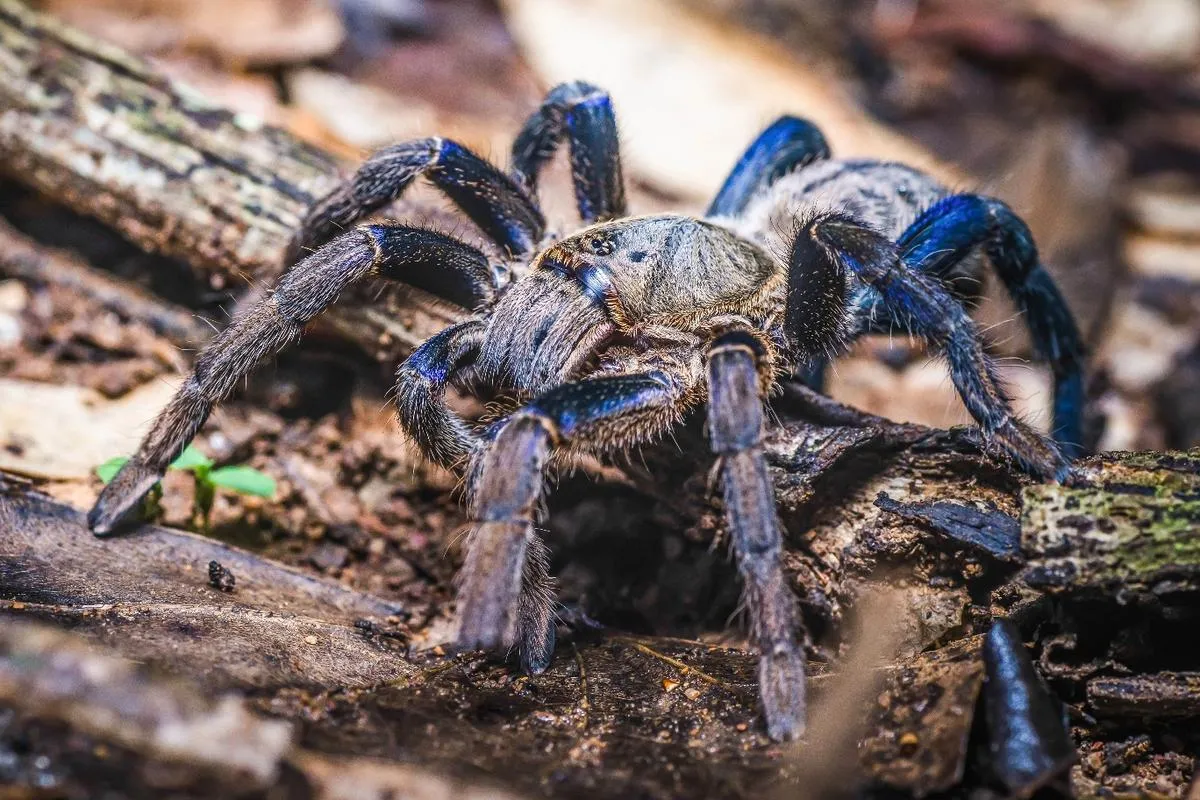
Blue Violet Tarantulas are generally considered to be a docile species, making them a good choice for intermediate keepers. However, it’s important to remember that they are still wild animals and should be handled with caution. Handling should be kept to a minimum, as it can stress the tarantula. Always approach the tarantula slowly and avoid sudden movements. If you must handle your tarantula, do so gently and close to the ground to prevent injury in case of a fall. Wash your hands before and after handling to avoid transferring any harmful substances or scents. It’s important to respect the tarantula’s space and understand its body language. Not all tarantulas will tolerate handling, and it’s essential to prioritize the tarantula’s well-being.
Defensive Behaviors
Despite their generally docile nature, Blue Violet Tarantulas can exhibit defensive behaviors if they feel threatened. These can include raising their front legs in a threat pose, flicking urticating hairs (small, irritating hairs) from their abdomen, or even biting. The urticating hairs can cause skin irritation and itching, so it is advisable to avoid direct contact with them. Bites from Blue Violet Tarantulas are generally not considered medically significant, but they can be painful. Understanding these defensive behaviors is crucial for responsible tarantula keeping. Learn to recognize the signs of stress and avoid provoking the tarantula. Always prioritize your safety and the well-being of the tarantula by respecting its space and being mindful of its potential defensive responses.
Captive Care and Housing
Enclosure Setup
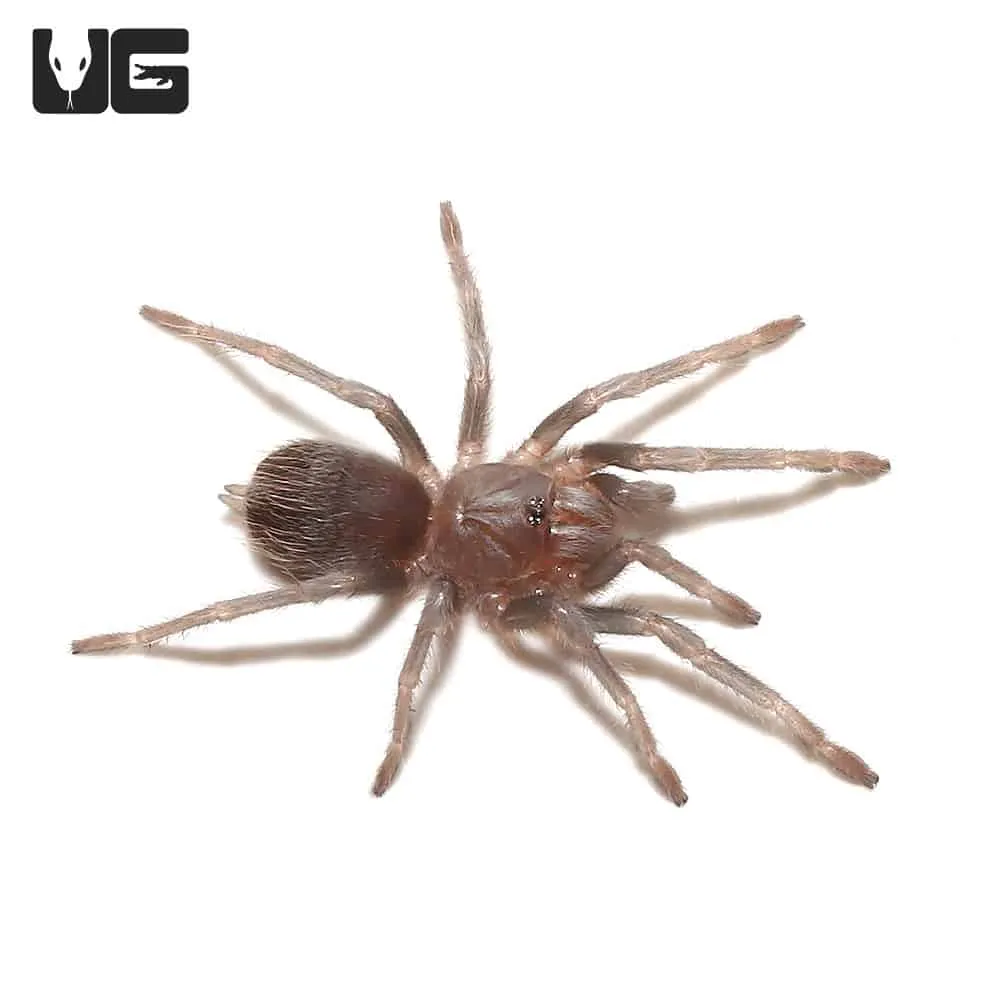
A suitable enclosure is essential for the well-being of a Blue Violet Tarantula. A glass or acrylic terrarium with good ventilation is recommended. The size of the enclosure should be appropriate for the tarantula’s size; a 10-gallon tank is generally suitable for juveniles, while adult females will need a larger enclosure, such as a 20-gallon long or larger. The enclosure should have a secure lid to prevent escapes. Provide ample space for the tarantula to move around and create its burrow. The enclosure should also include several essential elements, such as substrate, a water dish, and hiding places to help the tarantula feel secure. A well-designed enclosure contributes significantly to the tarantula’s health and happiness.
Temperature and Humidity
Maintaining the correct temperature and humidity levels is crucial for the Blue Violet Tarantula’s health. The ideal temperature range is between 75-85°F (24-29°C). This can be achieved using a heat mat or a low-wattage heat lamp. Avoid placing the heat source directly under the enclosure, as this could overheat the substrate. Humidity levels should be maintained at around 65-75%. This can be achieved by lightly misting the enclosure with water a few times a week, and by providing a water dish. Regularly monitoring temperature and humidity with a thermometer and hygrometer is essential to ensure that the environment remains within the optimal range. Consistent environmental conditions are critical for proper molting and overall health.
Substrate and Decoration
The substrate should be deep enough for the tarantula to burrow. A mixture of peat moss, coconut fiber, and vermiculite is a good choice, as it retains moisture and provides a naturalistic environment. The substrate should be kept slightly moist, but not waterlogged. Provide a water dish with fresh water at all times. Decorations such as cork bark, artificial plants, and a hide can be added to the enclosure to provide enrichment and security for the tarantula. These decorations should not pose any hazard to the spider, and should be cleaned regularly. The substrate should be spot-cleaned regularly to remove any uneaten food or waste. A well-maintained enclosure provides a stimulating environment and a healthy environment for your Blue Violet Tarantula.
Breeding
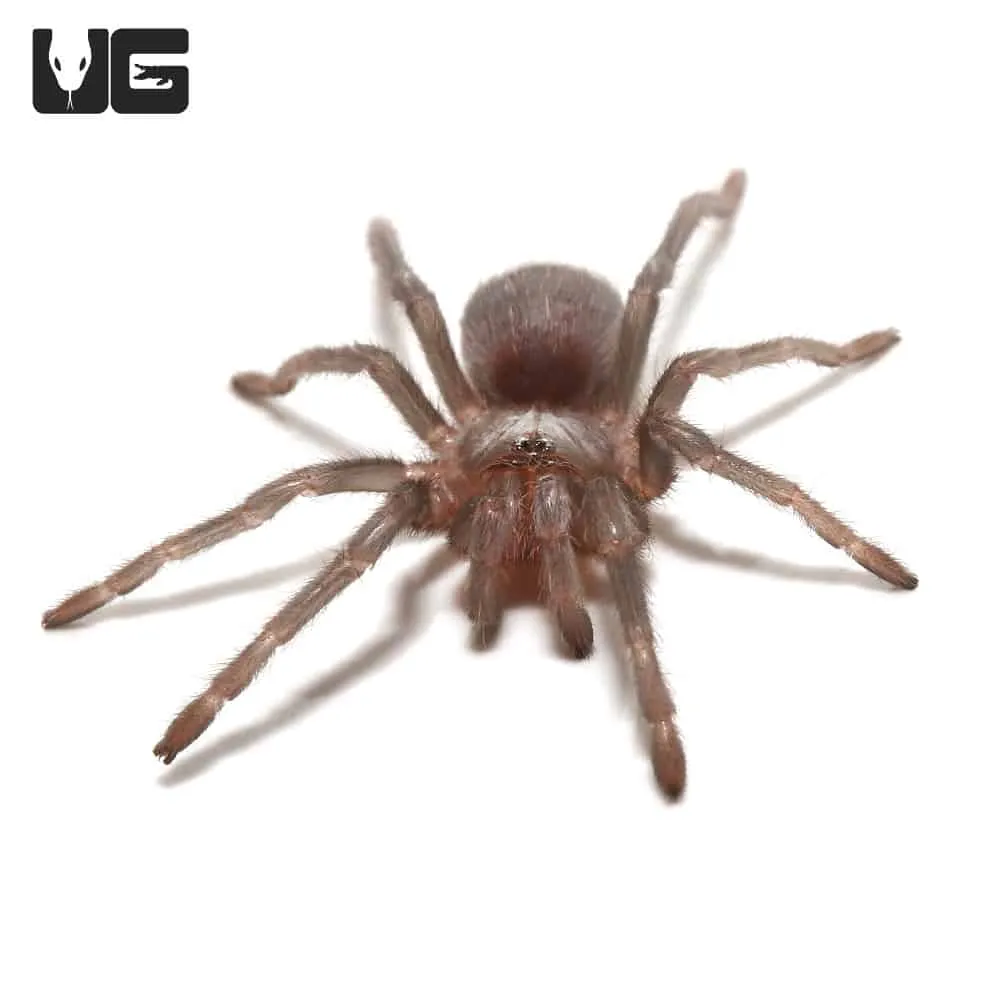
Breeding Blue Violet Tarantulas in captivity can be a rewarding but challenging endeavor. It requires careful planning and meticulous attention to detail. The process involves selecting healthy, mature specimens, understanding their reproductive behaviors, and providing the appropriate environment to facilitate successful mating and egg production. Success in breeding these tarantulas relies on replicating their natural conditions as closely as possible, which demands both knowledge and dedication. It’s important to be prepared for the commitment that breeding entails and the potential for complications. Breeding Blue Violet Tarantulas can contribute to conservation efforts, but it should always be undertaken responsibly.
Breeding Challenges
Breeding Blue Violet Tarantulas presents several challenges. One of the most significant is the potential for the female to cannibalize the male after mating. To mitigate this risk, it is often recommended to introduce the male to the female’s enclosure only when she is receptive and to monitor them closely during the mating process. Furthermore, providing optimal environmental conditions and a well-balanced diet is essential for successful breeding. Understanding the specific needs of each species and being prepared for the unexpected are critical aspects of breeding these tarantulas. Patience and careful observation are key to success. Finally, you may need a dedicated space to care for the spiderlings.
Egg Sac and Spiderlings
Once mating is successful, the female will produce an egg sac, which contains the eggs. The female typically guards the egg sac, which can contain hundreds of spiderlings, depending on the size and age of the female. After the eggs hatch, the spiderlings will remain with the female for a short time. They then need to be separated into individual enclosures to prevent cannibalism. Raising spiderlings requires providing them with appropriately sized prey, maintaining optimal environmental conditions, and monitoring their growth and development. The journey from egg to mature spider requires dedicated care and attention. The process of raising spiderlings is a long-term commitment and requires significant resources. The rewards, however, are the ability to witness the complete life cycle of this fascinating species.
Conservation Status and Threats
Threats in the Wild
While the exact conservation status of the Blue Violet Tarantula is not precisely defined, they face several threats in their natural habitat. Habitat loss due to deforestation and agricultural expansion poses a significant risk to their survival. Their limited geographic range makes them particularly vulnerable to these threats. Illegal collection for the pet trade can also impact wild populations, though responsible and ethical practices are essential to protect their natural populations. Understanding these threats is the first step toward promoting conservation efforts. Recognizing the impact of human activities on these delicate ecosystems highlights the importance of conservation strategies.
Conservation Efforts
Conservation efforts for the Blue Violet Tarantula involve several strategies. Supporting sustainable practices and habitat preservation in their native regions is crucial. Responsible pet ownership, including acquiring tarantulas from reputable breeders who prioritize ethical breeding practices, also contributes to conservation efforts. Raising awareness about the species and its habitat helps educate the public and encourage responsible stewardship of these unique creatures. Supporting organizations dedicated to conservation efforts can further help. By promoting the preservation of their natural habitats and supporting responsible pet ownership, we can help ensure the survival of the Blue Violet Tarantula for generations to come.
Conclusion
The Blue Violet Tarantula is a captivating and rewarding species to keep. From their striking coloration and relatively docile temperament to their fascinating behaviors and unique care requirements, they offer a glimpse into the wonders of the natural world. By understanding their needs and providing them with proper care, we can ensure that these beautiful creatures thrive in captivity. Remember to prioritize their well-being, handle them with respect, and appreciate the beauty and complexity of this amazing species. Whether you are an experienced tarantula keeper or a beginner, the Blue Violet Tarantula can provide you with a rewarding and fascinating experience. The Blue Violet Tarantula stands as a testament to the beauty and diversity of the natural world, a captivating creature to admire and protect.
